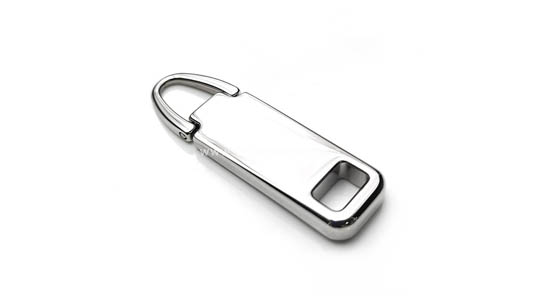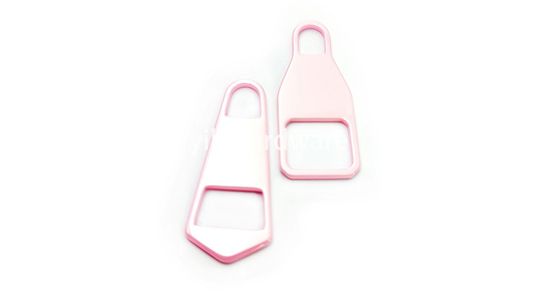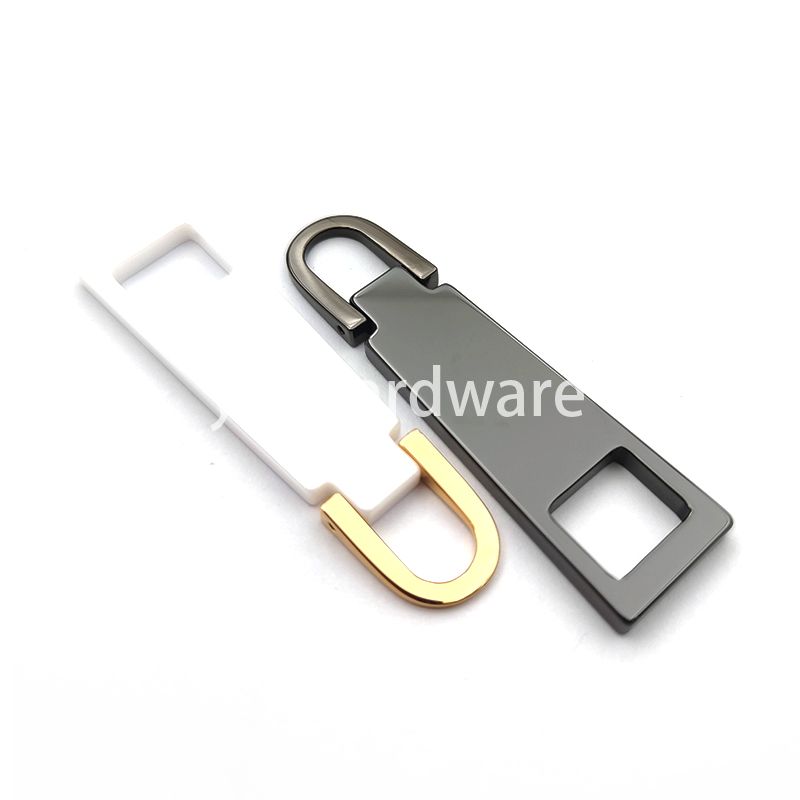How to Choose a Replacement Zipper Slider?
Whatever the object, if it has a zipper and the zipper slider gets broken or stops functioning, the object itself normally becomes useless. As such, it is important to have the skill and ability to choose an appropriate replacement zipper slider.
Herein you will learn how to know which type of zipper slider to choose to make it work with your zipper. How to make sure that it matches the size and the type of zipper tape. Before we move on, let’s make sure you all know the basic anatomy of a zipper.
Zipper Basic Anatomy
There are two main parts to any zipper – zipper tape and zipper slider. Zipper tape is the actual zipper and consists of two matching halves that have access material on one side and zipper teeth (or “zipper chain”) on the opposite side.
Zipper Puller
A zipper slider is a little thing that goes up and down the zipper and connects the zipper teeth or disconnects them when slid in the other direction.
Then there are some smaller parts: bottom and top stops which make sure the slider doesn’t fall off, bottom and top fabric extensions, the insertion pin – a small piece of straight metal or plastic, which enables the initial connection of the two halves of the zipper tape.
A zipper slider can further be divided into smaller parts: a crown, a zipper puller or pull-tab (either rounded or squared), body, and throats.
There are single sliders and double sliders (have zipper pullers on both sides). Some sliders have an auto-lock function, which enables them to stay in place and others don’t ( non-locking slider).
Selecting the Right Kind of a Zipper Slider
Checking the slider’s labels: On the bottom side of every slider, there should be some sort of label. Depending on the brand of the zipper, there is a deeper meaning to the numbers and letters engraved on a zipper slider. Since these labels are often very small a use of a magnifying glass can help. The numbers normally mark the size and the initials determine the type.
Zipper Puller
The zipper type: If you are less lucky, there might be no markings on the slider. In that case, you turn your attention to the zipper tape. Measure the width of the zipper teeth (when both sides are together). Standard sizes are somewhere from 5 to 10 mm (#4.5, #5, and #10 markings). Also, examine zipper teeth and learn which material they are made of (plastic teeth are either large or small and then there are metal teeth).
Determine if you need a locking or non-locking slider.
Matching colors: If you want the end result to look good, make sure to choose a slider of the same color as the zipper teeth.
Reverse sliders and water/UV protection: in some cases, you might need a reverse slider (it has the tab on the opposite side). Also, if you are in the marine line of fabrics, you might need to pay attention to water and UV protection and make sure to choose the slider that has it (if needed).
We hope you found our guide useful and that it will help you choose the zipper slider next time you need a replacement.





